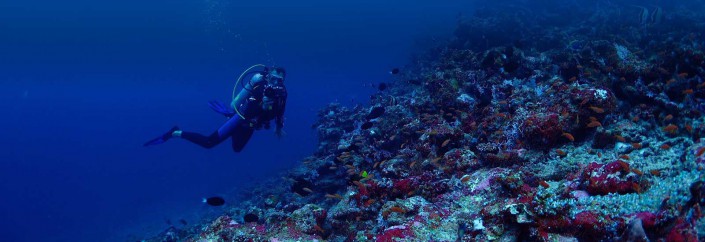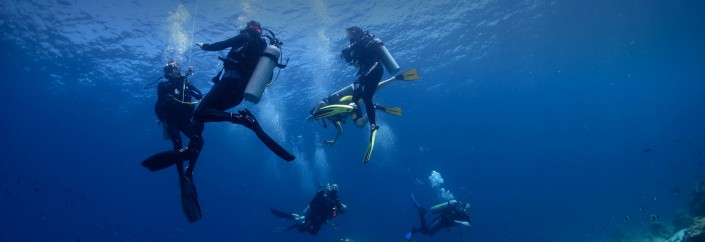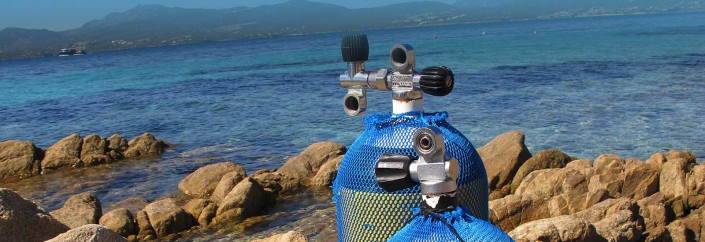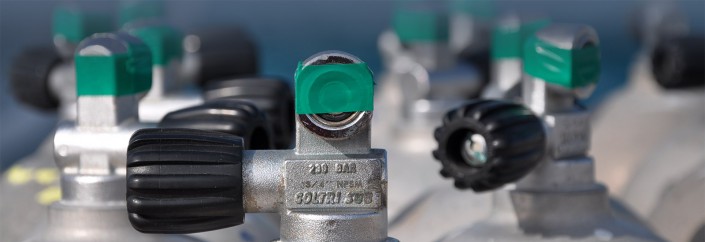
From the first time you try scuba diving you realise that moving underwater is not as easy as you thought. All the new equipment, the heavy tank and unfamiliar fins at the beginning feel a bit uncomfortable. Even swimming in a straight direction is not so straightforward, and then you also have to take care of the depth you’re standing and it all becomes at least… overcoming. This is normal; you’re in a new environment, with new equipment and you have to take care of a lot of details. This is something every beginner in diving experiences and even for the more experienced ones, sometime, showing a good buoyancy control does not come entirely natural. Let’s see together what you can do to master this very important aspect of scuba diving and how to turn into an easier and full-of-fun experience. Equipment that fits Make it easier for yourself, use good equipment that fits well. If you BCD is too big it will make the tank roll form one side to the other, causing you to roll with it. The tank is the heaviest part of your gear and if it is not properly fixed it will drive you crazy…



